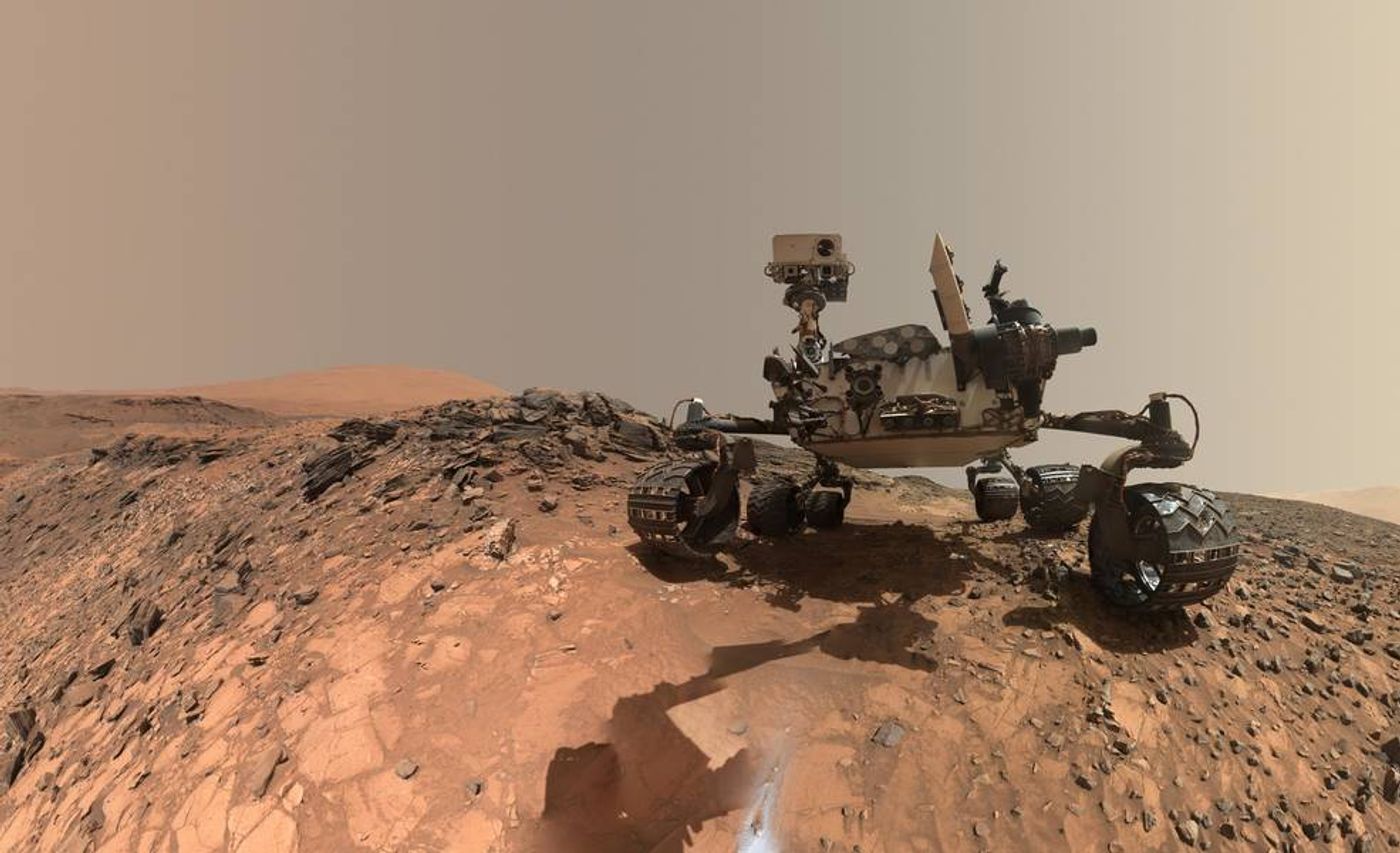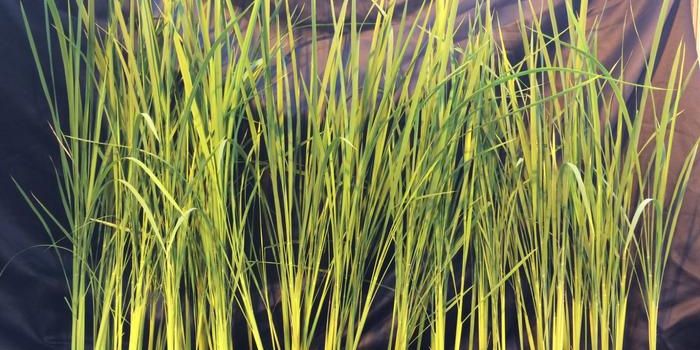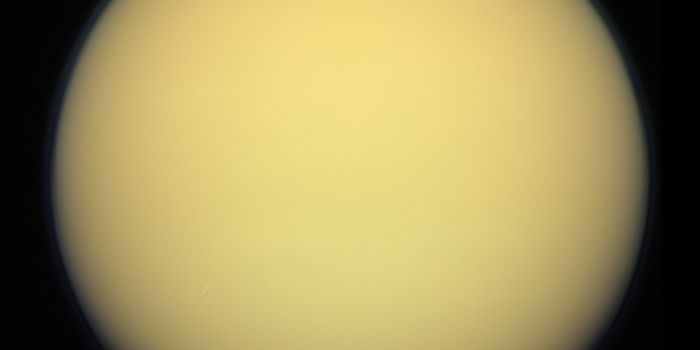NASA's Curiosity Rover Finds "Organic Compounds" and More on Mars
The possibility that life once existed on Mars is an idea that has captivated planetary scientists for decades. But new findings uncovered by NASA’s Curiosity rover appear to reinforce these ideas and have been published in the journal Science.
Image Credit: NASA/JPL-Caltech/MSSS
In a statement released by NASA over the weekend, the space agency reports stumbling upon potential evidence of ancient organic material inside of 3 billion-year-old rocks that were excavated and analyzed by Curiosity’s onboard drill and laboratory.
While performing the analysis, Curiosity purportedly identified peculiar amounts of various organic compounds, such as carbon, hydrogen, nitrogen, and oxygen, to name a few.
Notably, these compounds can exist on other planets without the help of biological processes, so it’s not enough evidence to validate whether life existed on the Martian surface or not. But if that small detail wasn’t attention-grabbing in and of itself, then perhaps the next tidbit is.
Curiosity also confirmed what appear to be seasonal shifts in the amount of atmospheric methane on Mars. Again, this could be related to non-biological mechanisms, but it raises some eyebrows for sure. The source of these rather substantial findings remains unconfirmed.
“With these new findings, Mars is telling us to stay the course and keep searching for evidence of life,” said Thomas Zurbuchen, associate administrator for the Science Mission Directorate at NASA Headquarters, in Washington.
Related: NASA tried Curiosity's new drilling technique, and it worked flawlessly
“Curiosity has not determined the source of the organic molecules,” added Jen Eigenbrode of NASA’s Goddard Space Flight Center in Greenbelt, Maryland, who is a lead author of one of the Science papers.
“Whether it holds a record of ancient life, was food for life, or has existed in the absence of life, organic matter in Martian materials holds chemical clues to planetary conditions and processes.”
Related: Curiosity's wheels are beginning to break down
As you can probably imagine, planetary scientists are excited about these new findings and can’t wait to explore Mars some more. Fortunately, Curiosity still has a long ride to go before the mission ends, and the Mars 2020 rover will be deployed to pick up where it leaves off in the foreseeable future.
Understanding Mars and the secrets contained there have implications for understanding the planet’s history and future colonization attempts. It should be interesting to see what future studies bring as researchers continue probing our planetary neighbor for answers.
Source: NASA









